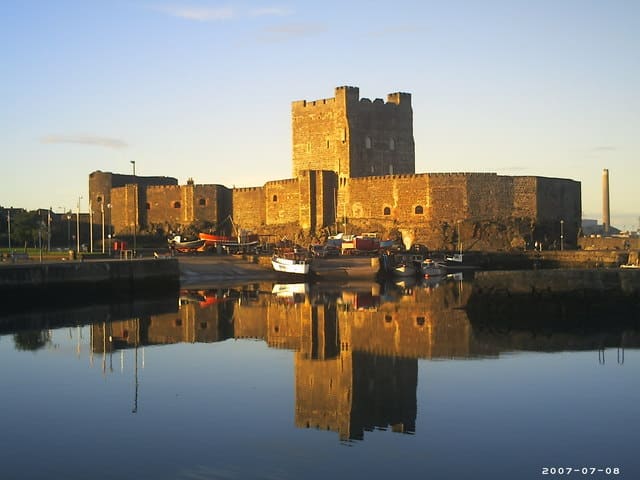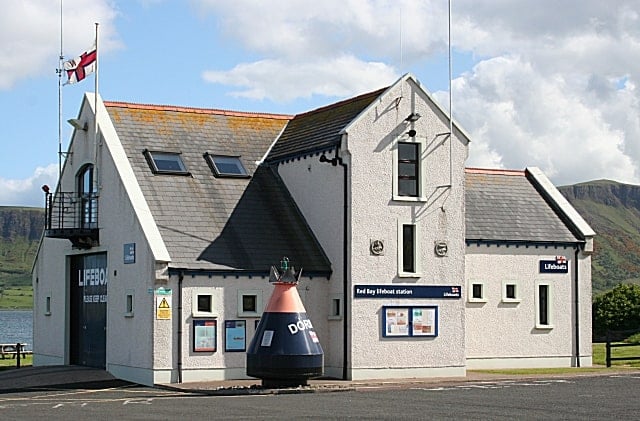See & Do Map
Loading...
No Records Found
Sorry, no records were found. Please adjust your search criteria and try again.
Maps failed to load
Sorry, unable to load the Maps API.
Popular See & Do
Showing See & Do 1-12 of 31
The Crown Bar, probably the most famous pub in Belfast and one of the finest high-Victorian saloons in the UK. Read more…
The Customs House is an imposing Victorian building, designed by the architect Charles Lanyon. It represented Belfast importance in trade Read more…
Place Tags: History - Heritage
The Albert Memorial Clock is a clock tower situated at Queen’s Square in Belfast, it was completed in 1869 after a competition for the design Read more…
Place Tags: History - Heritage
The International Rose Garden is located in the Sir Thomas and Lady Dixon Park which is just a few miles Read more…
Place Tags: Outdoors - Nature
Carrickfergus Castle is preserved as an ancient monument on the shore of Belfast Lough. John de Courcy, the Anglo-Norman baron Read more…
Place Tags: Castles and Forts
The Lagan Valley Regional Park is located between Stranmillis, Belfast and Union locks, Lisburn and covers some 4,200 acres of Read more…
Lisburn Cathedral was started in 1708, after its predecessor was burnt down. Its noteworthy features are the gallery seating in Read more…
Place Tags: History - Heritage
The Somme Association is a registered charity, formed to co-ordinate research into Ireland’s part in the First World War. See Read more…
Place Tags: Museums
Patterson’s Spade Mill, the last working water-driven spade mill in daily use in the British Isles. Read more…
Construction began in 1898 after Belfast was awarded city status by Queen Victoria. The hall was built under the supervision Read more…
Place Tags: History - Heritage
Portrush lifeboat station was established in 1842 and operates inshore and all weather lifeboats. Station is open daily during July Read more…
Place Tags: Lifeboats
Red Bay lifeboat station was established in 1972 and operates an inshore lifeboat. Station only open by appointment. Read more…
Place Tags: Lifeboats
Showing See & Do 1-12 of 31




